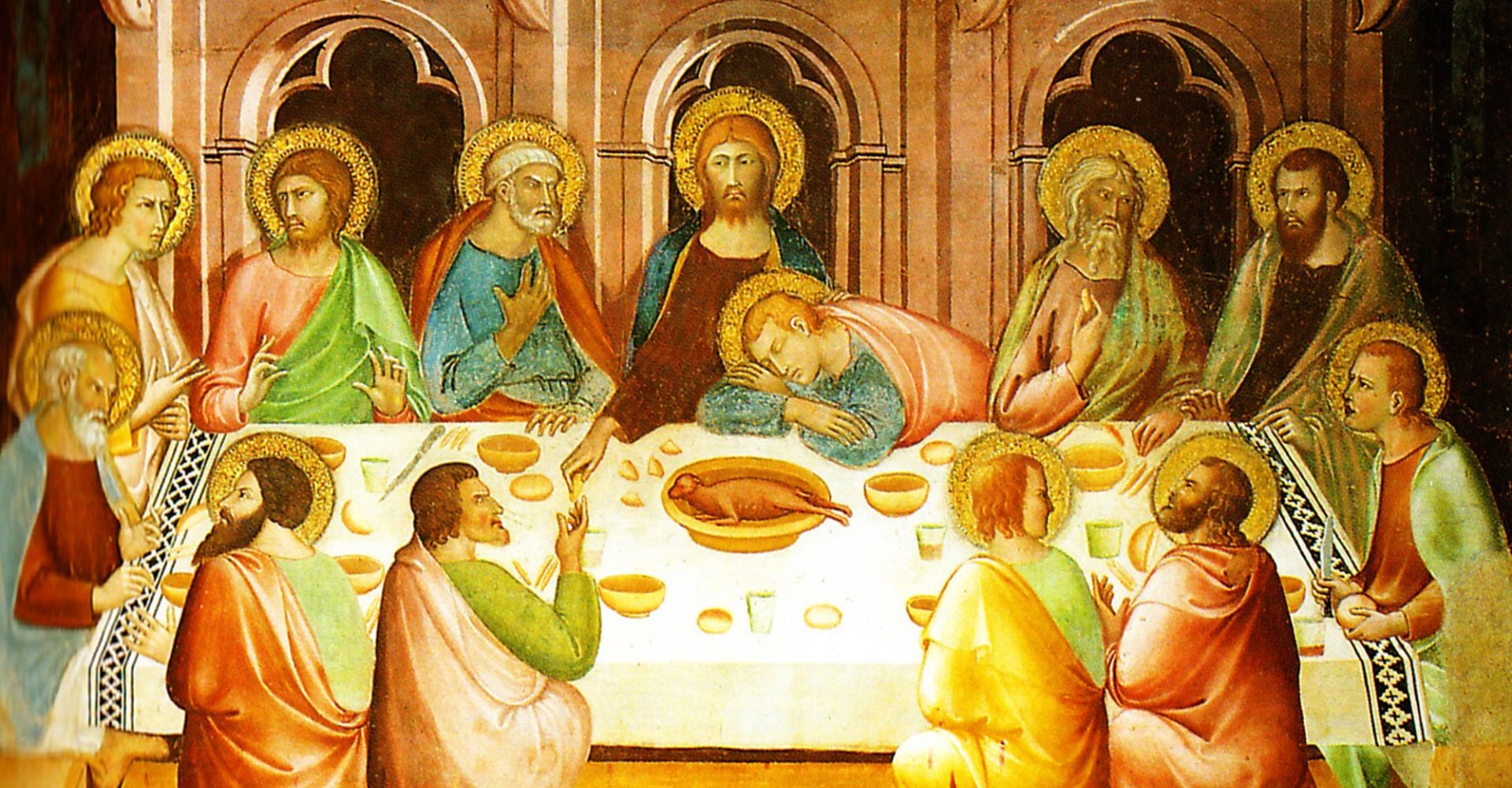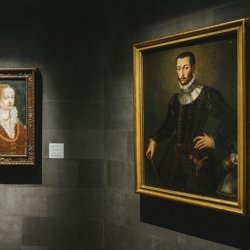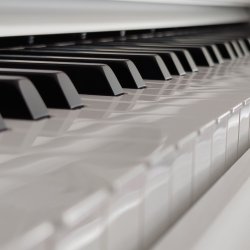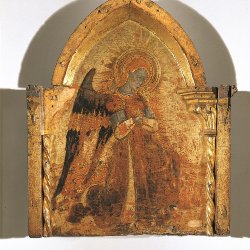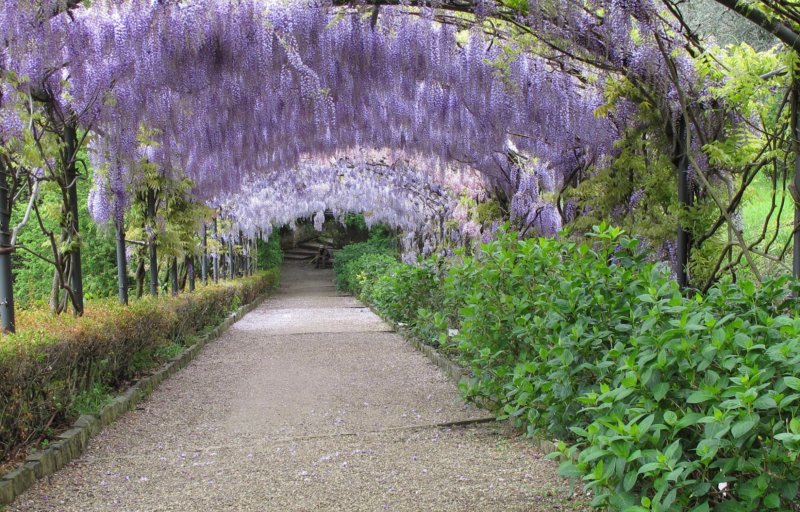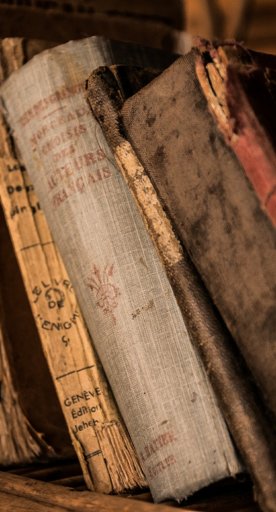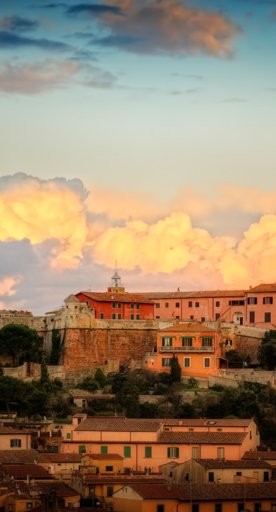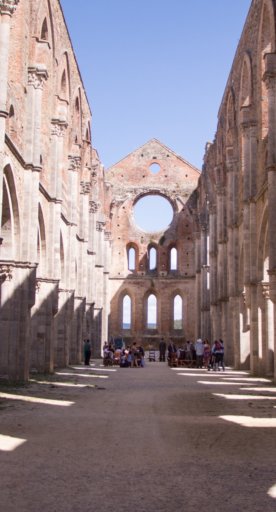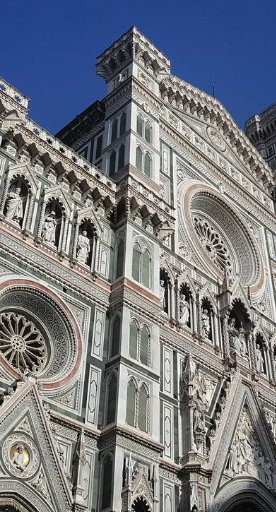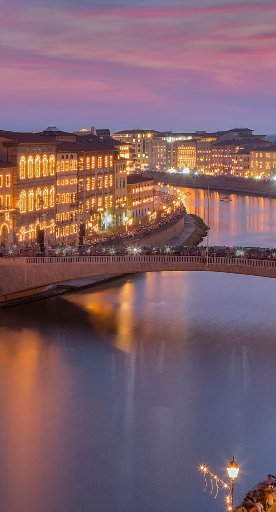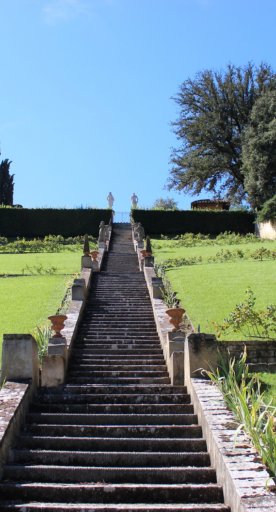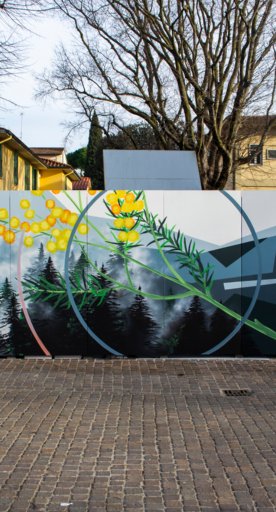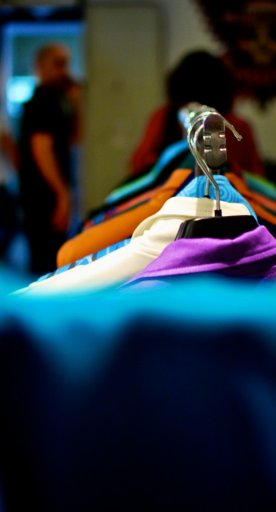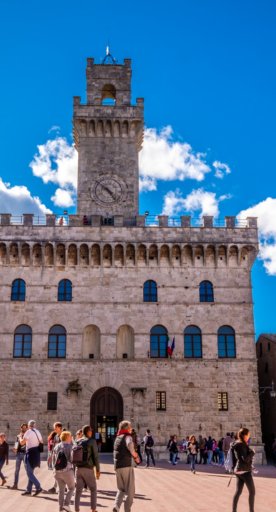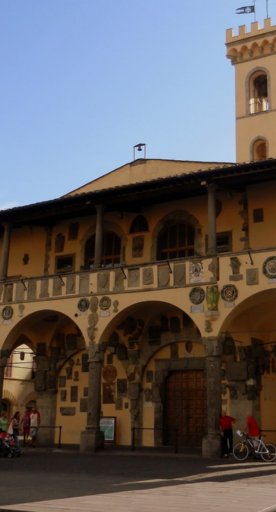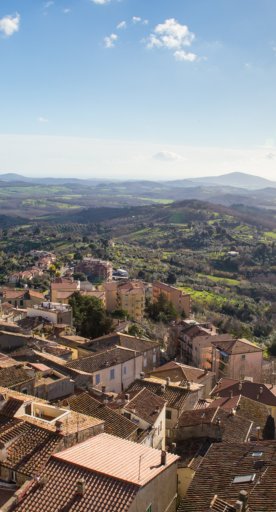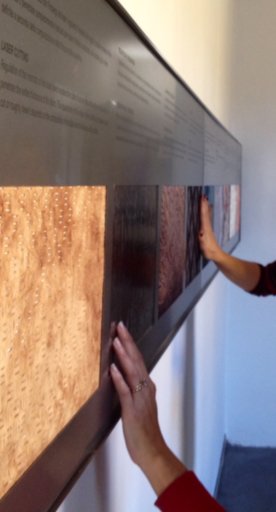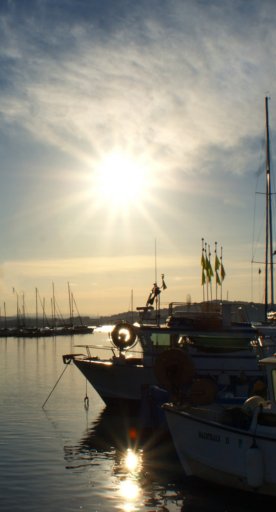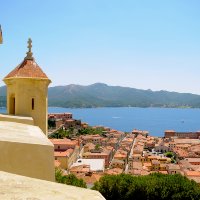From the Middle Ages to today: looking for art in the Val d'Elsa
An evocative tour of beauty
This tour of art in the Val d’Elsa begins at the end of the 14th century with the creativity of Arnolfo di Cambio, one of the most important Tuscan artists but one that’s perhaps less celebrated because he lived in Rome for decades. Yet, Arnolfo came before Michelangelo, before Leonardo, before Vasari and Sangallo, the artist adept at combining the technology of an architect, the dexterity of a sculptor and the ability of a painter.
-
1.San Gimignano
-
2.Colle Val d'Elsa
-
3.Casole d’Elsa
-
4.Poggibonsi
-
5.Radicondoli
-
6.Monteriggioni
San Gimignano
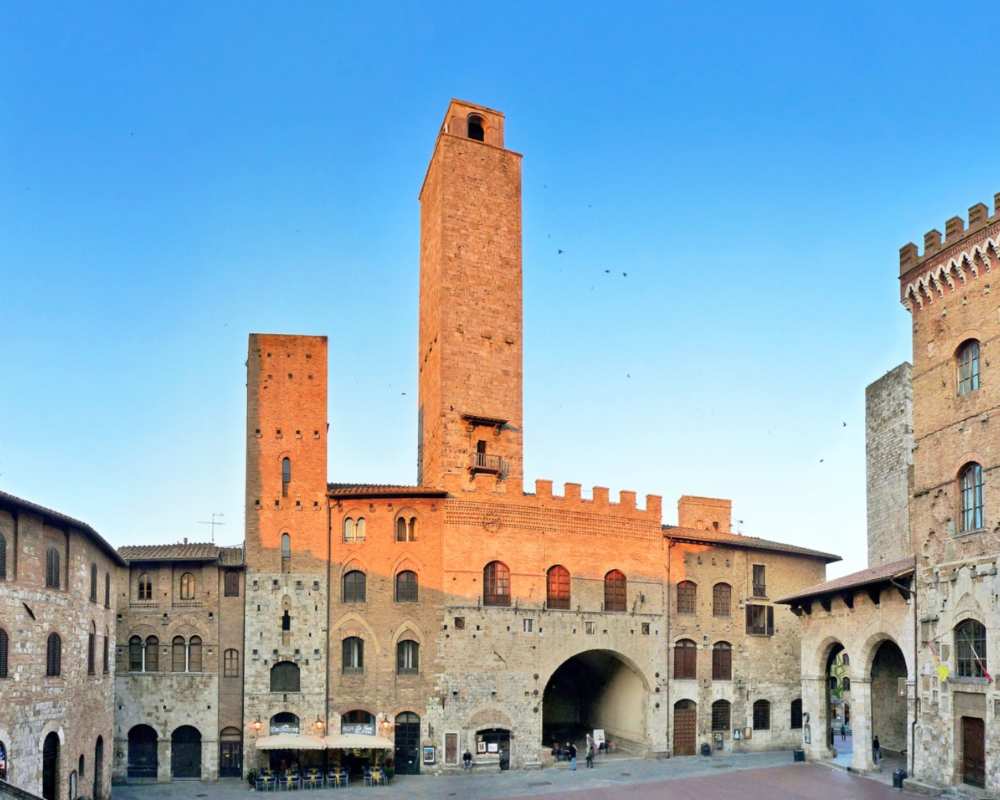
It’s in San Gimignano, with its various installations by contemporary artists, that makes us reflect on how the art of today can co-exist with the art of the past without disavowing or offending it, but rather contributing to reviving it. Inside Palazzo del Popolo, one artwork worth seeing is the Maestà (1317) by Lippo Memmi in the Sala di Dante, while at the Civic Museum and Pinacoteca, there are splendid paintings by Coppo di Marcovaldo, Filippino Lippi, Pinturicchio and Benozzo Gozzoli. The Basilica of Santa Maria Assunta (12th century) conserves frescoes by the Sienese school, wooden statues by Jacopo della Quercia and works by the Florentine school. The Chapel of Santa Fina is one of the most important Tuscan Renaissance works designed by Giuliano and Benedetto da Maiano, inside which are frescoes by Domenico Ghirlandaio and his student Sebastiano Mainardi.
Colle Val d'Elsa
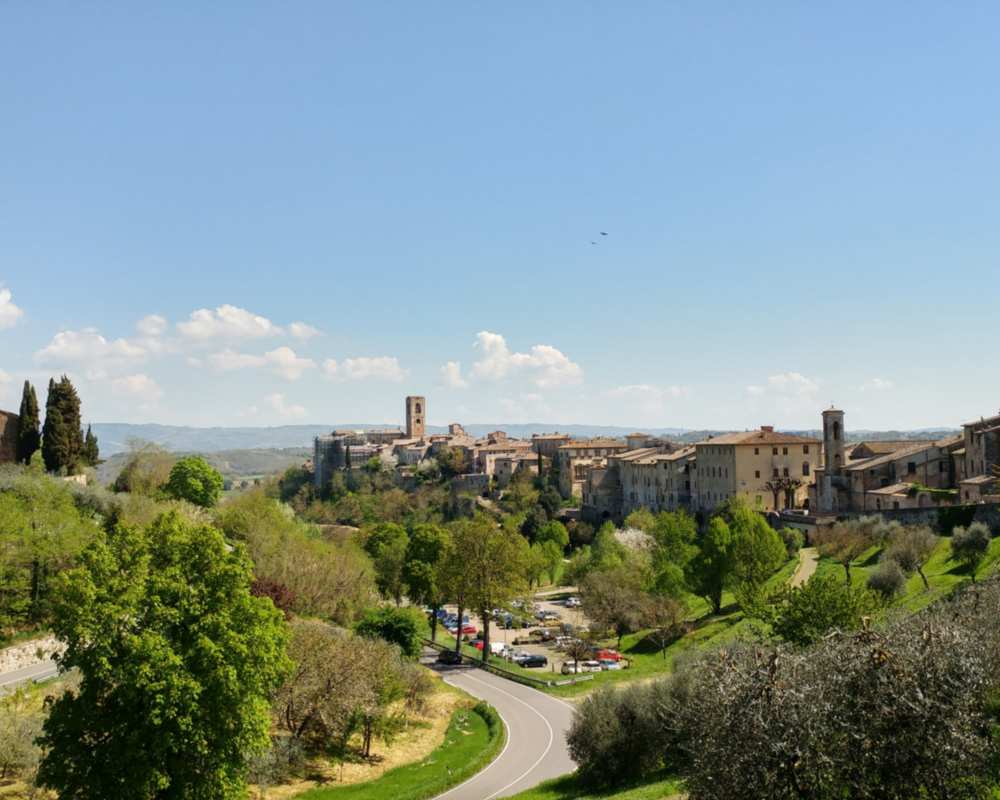
For views that encompass the Middle Ages, Renaissance and today all in one sweeping panorama, visit Colle Val d’Elsa. This is where we can find frescoes by Taddeo di Bartolo, Ridolfo del Ghirlandaio and Alessandro Allori, conserved in the Church of S. Agostino, while the Civic Museum of Sacred Art is home to silverworks, a stunning Maestà by the Maestro di Badia a Isola, a wooden Crucifix by Marco Romano and the Galognano Treasure, evidence of the presence of the Goths in this area.
Casole d’Elsa
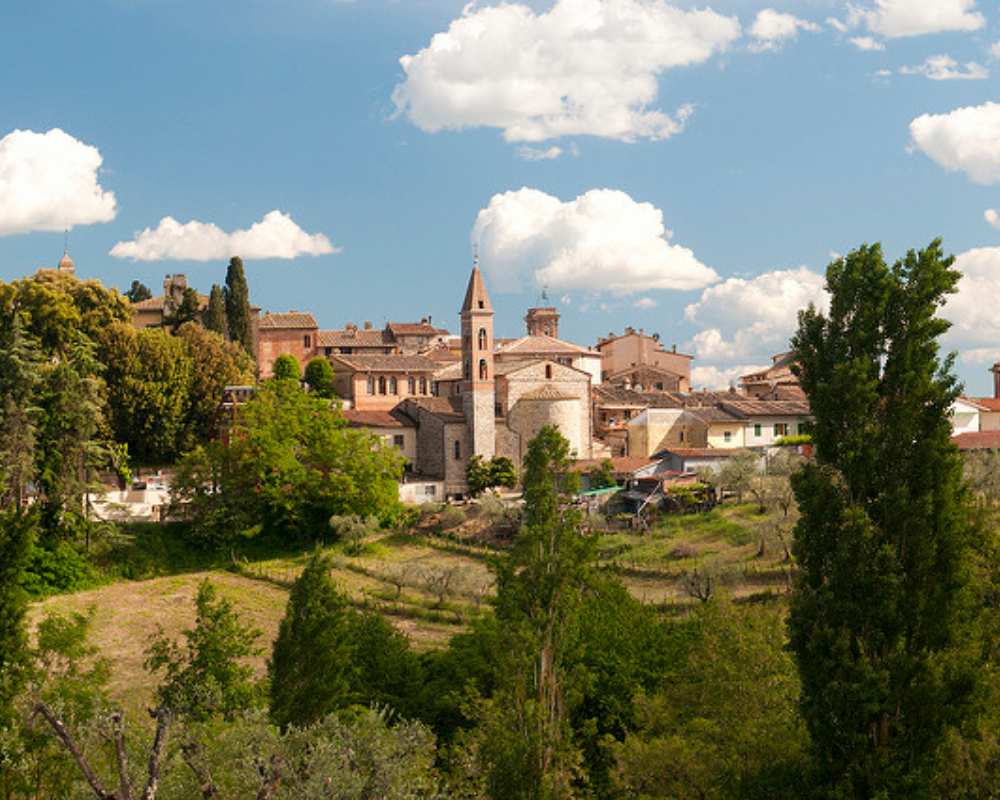
The cenotaph for Beltramo Aringhieri is located in Casole d’Elsa, a Gothic masterpiece by Marco Romano conserved inside the town’s collegiate church. An Annunciation by Rutilio Manetti and a 14th-century wooden Crucifix can be found in the nearby oratory. One place certainly worth seeing is the evocative and experimental Museo Arte Viva and 20th-century Museum. The Collegiate Church Museum conserves a priceless frescoed Madonna by a follower of Duccio di Buoninsegna and a Madonna of Humility by Domenico di Michelino.
Poggibonsi
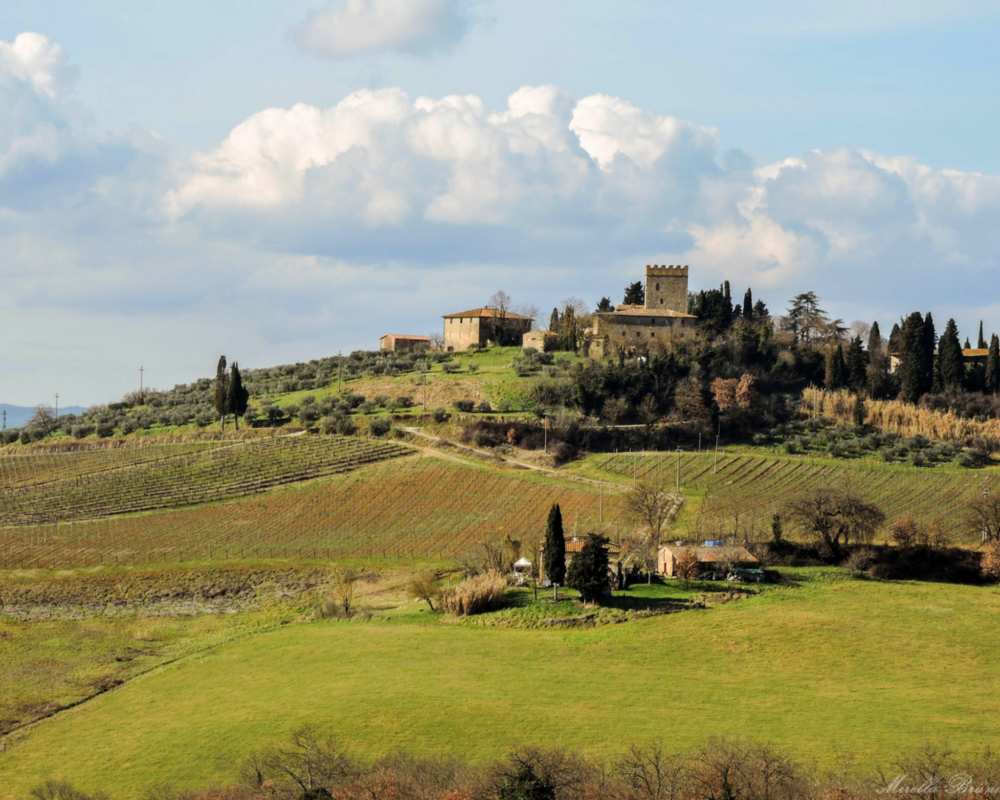
Past and present blend completely in Poggibonsi: the Fonte delle Fate, a large drinking trough from the 13th century with six Sienese-style ogival arches, has housed the artwork I Dormienti by Mimmo Paladino since 2000, comprising 25 sculptures of humans in the fetal position alongside bronze crocodiles resting atop slabs in the water.
Radicondoli
The 16th-century collegiate church is the main artistic site to see in Radicondoli, Inside, there are paintings by some of the most important members of the Sienese school, including Alessandro Casolani and Pietro di Domenico. The former is responsible for the Nativity and Death of the Virgin, while the latter painted the altarpiece with the Assumption of the Virgin and the Nativity. Domenico’s paintings were made in the late 1400s and stands out for the clear distinction between the upper part (Assumption) and the lower section (Nativity) atop the same background.
In addition to these paintings, other things worth seeing are the Madonna and Child by Niccolò di Ser Sozzo and the Romanesque Parish Church of S. Simone, with its single nave and interesting apse which serves as the cemetery’s mortuary chapel. Radicondoli’s artistic heritage also includes the Church of Santa Caterina d’Alessandria. The high altar conserves a canvas painting (1607) by Sebastiano Folli, a masterwork that exudes a strong sense of theatricality, with its colours and figures skillfully blended in the typical late-Roman Baroque style.
Monteriggioni
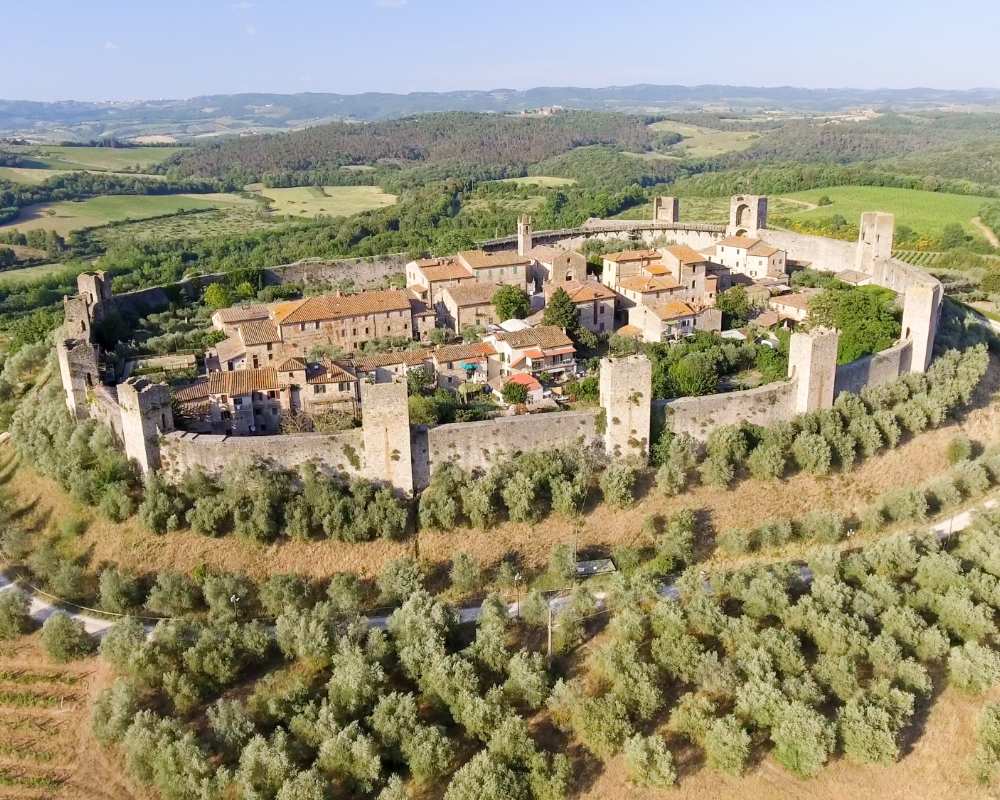
One important element of artistic heritage in Monteriggioni, one of the few cities to still conserve its medieval appearance, is without a doubt the Parish Church of the Assunta. The church, built in the Romanesque/Gothic style, is located inside the defense walls and was erected around 1215 as part of Siena’s expansionist policies. Monteriggioni was used to block Florentines from travelling through the area during the many wars that afflicted the area in those years. Near Monteriggioni, the Museum of Sacred Art is housed in the “Pio XII” Seminary in Montearioso. Here, we can find 13th-18th-century artworks like a Nursing Madonna by Ambrogio Lorenzetti and paintins by Lorenzo di Pietro, known as Vecchietta, Domenico Boccafumi and Maestro d’Ovile. Another site worth seeing is the Church of Santi Salvatore e Cirino in Badia a Isola, which conserves the Assumption of the Virgin by Vincenzo Tamagni.
